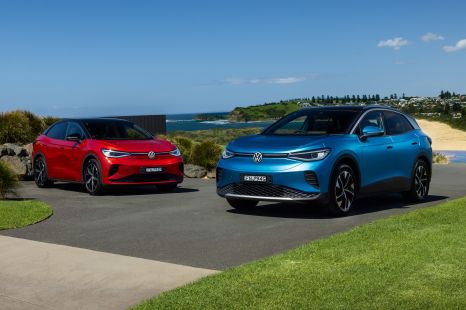

Damion Smy
Australian new-car buyers sitting on the fence when it comes to EVs, says VW
17 Minutes Ago
The ultimate in SUV luxury motoring is and always will be a Range Rover, but does the Sport still hold its own against the Germans?



Publisher

Publisher


Publisher

Publisher
Quickly see how this car stacks up against its competition. Select any benchmark to see more details.
Where expert car reviews meet expert car buying – CarExpert gives you trusted advice, personalised service and real savings on your next new car.
The 2020 Range Rover Sport is the epitome of luxury motoring in its class. No other car in its price category has the same depth of history and brand credibility, both of which add to its credentials as a top-notch SUV.
The original Range Rover was born more than 50 years ago in 1969, well before any of its current German rivals considered producing a proper luxury SUV. The Range Rover Classic was so far ahead of its time it went on to become an icon that even today, four generations on, remains one of the ultimate symbols of luxury motoring.

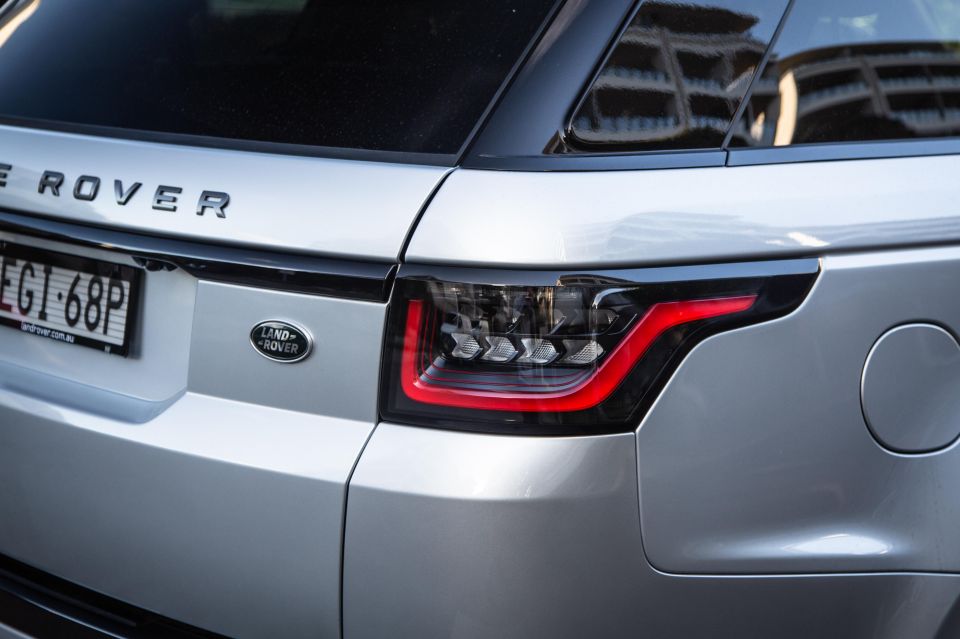
The Range Rover Sport, for those who don’t need the size or don’t want to splurge on a full-fledged Range Rover, came into existence in concept form at the 2004 Detroit motor show. The L494 generation we’re testing here has been in production since 2014, with a major update in late 2017. It’s based heavily on the lightweight chassis of the big-daddy Range Rover, for a lot less money.
I’ve spent close to 15 years reviewing all kinds of vehicles, and the fact I’m still excited when jumping into a new Range Rover Sport says something about its appeal. There’s something excellent about it that’s hard to put into words.
It’s not often someone can hand on heart recommend a car based purely on its intangible characteristics – simply, how it makes you feel – but for the Range Rover Sport, it’s a decision led by emotion first and then backed up by merit.
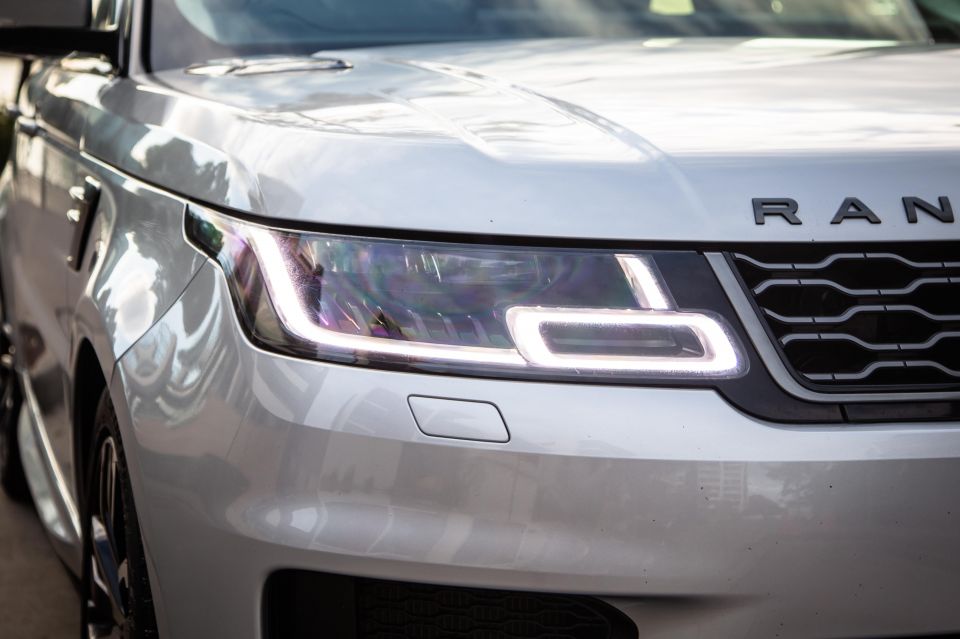
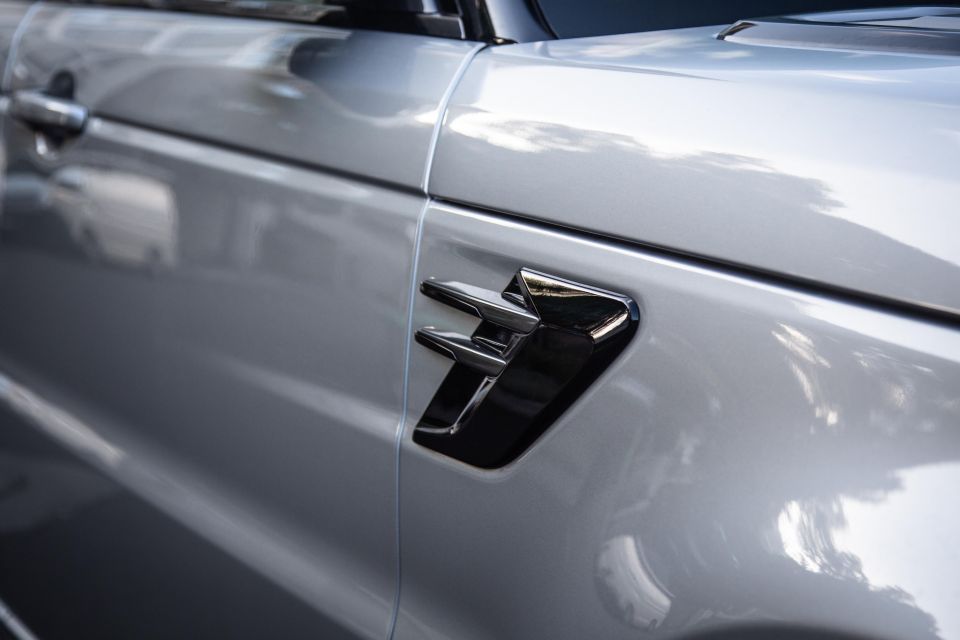

It might not be the most technologically advanced or efficient choice in its class, but sit inside for five minutes and you’d be hard pressed not to fall in love. We comprehensively reviewed the Range Rover Sport from Brisbane to Sydney – and we loved it so much, we drove it back.
We tested the top-spec R-Dynamic HSE Range Rover Sport, which in this configuration comes in at $146,231 before on-road costs when equipped with a 3.0-litre V6 turbo-diesel. There are also S and SE options, and a variety of engines and options that you can build and price on the Land Rover website.
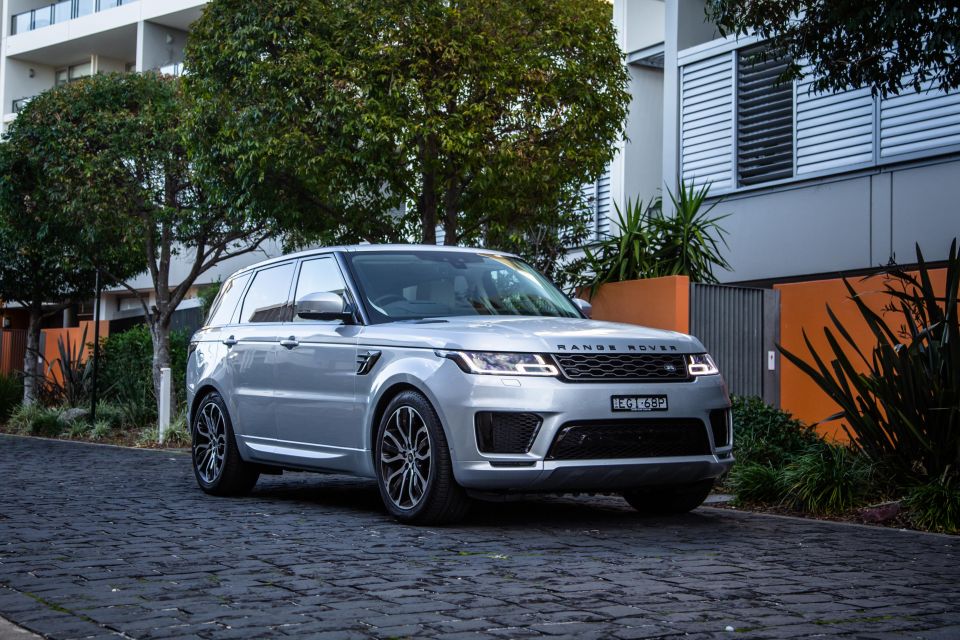
You don’t necessarily need a top-spec car, and the configurator reveals prices start at around $110,000 drive-away for the base model.
In true Range Rover fashion our car was equipped with a long list of options totalling more than $40,000 – bringing the price of the car up to $186,409 before on-roads. You don’t need them all, but some are tough to turn down.
The first is the 1700W Meridian sound system (22 speakers with a dual-channel subwoofer) that is genuinely one of the best sounding systems we’ve heard.
It’s pricey at $14,650 but if you intend to keep your car for between three and five years, think of it as an investment in aural satisfaction – or divide the price by the number of times you’ll drive the car to justify it. Maybe.

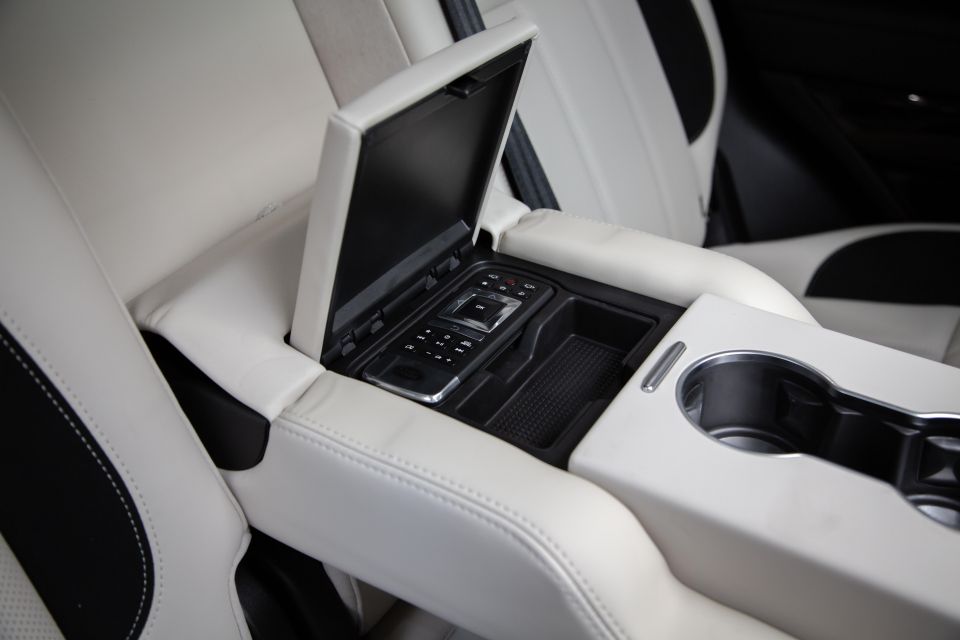
The 8.0-inch rear seat entertainment system ($5250) is a complete waste of money. Buy two iPads and good mounts and the kids will be happier.
We feel the sliding panoramic sunroof ($4420) really should have been standard on the top-spec model. To be fair, we would be asking the dealer to throw it in. As we would for the metallic paint ($2200).
Two rear seats in the boot will set you back $3890, which is reasonable – but having optioned something similar on our Discovery Sport many years ago, we’ve used it exactly twice in 12 months despite thinking we would use it very frequently.
Tick only if necessary, as it adds weight to the car and, to be fair, they are not all that easy to get in and out of. They’re best for small kids, but even then the novelty wears off.
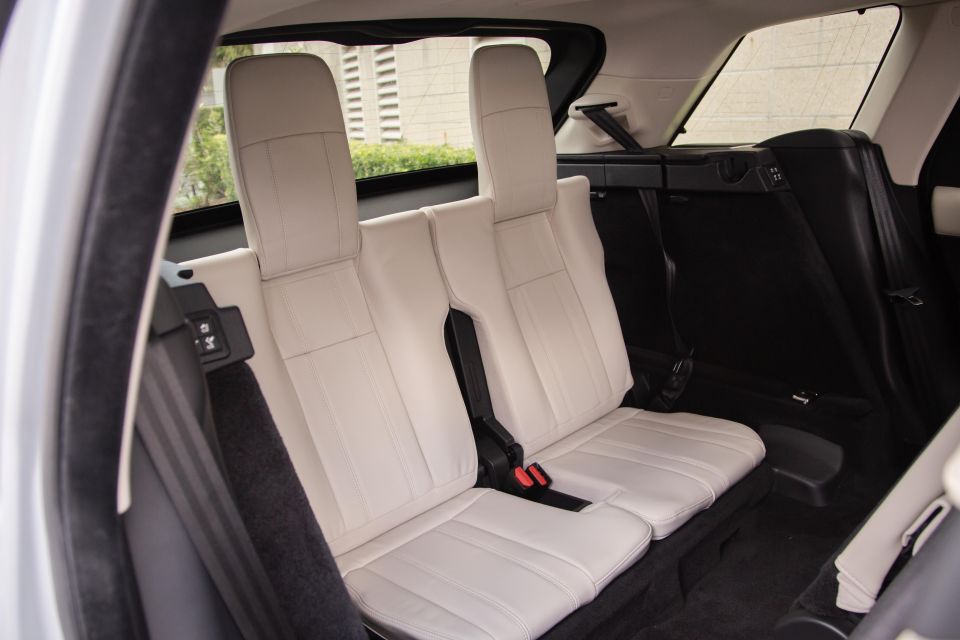
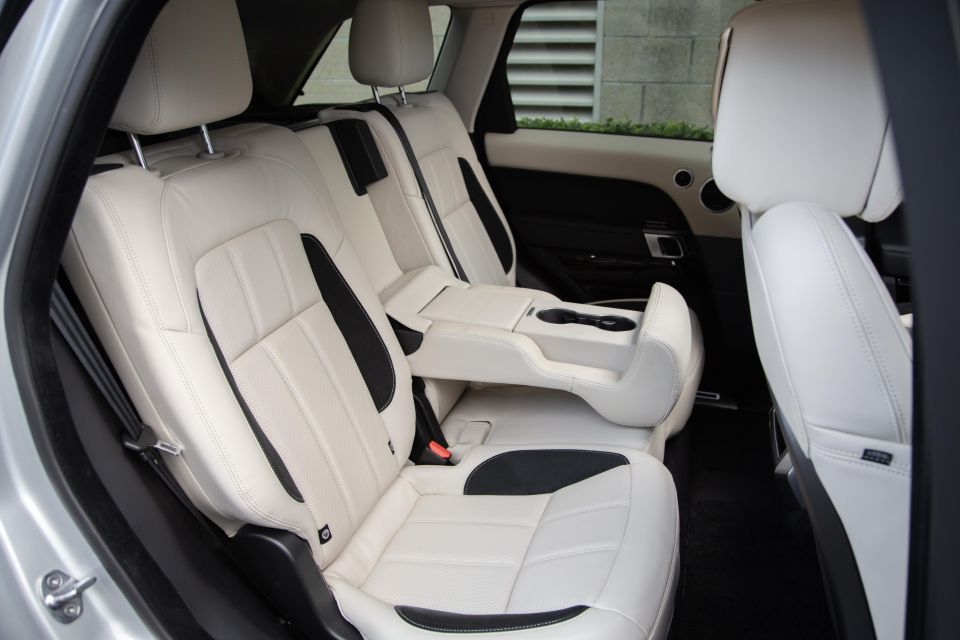
The $2000 towing pack is a must, even if you have no intentions of ever towing. It’s handy to have, and when it comes to resale not many are after a Range Rover Sport that can’t tow. It’s a pain (and a lot more expensive) to add post delivery.
A few other options on our tester were worthwhile to add the cabin ambience that the car really deserves.
They include the dark aluminium trim finishers around the gearstick and air vents ($1620), privacy glass ($950, should be standard), and the dynamic front seats with winged headrests ($310).
You should also tick the front centre console cooler compartment that gives you a mini fridge inside the car. It’ll set you back $840, which is ironic given you can buy a full-sized fridge for that price but… is your full-size fridge in a Range Rover?
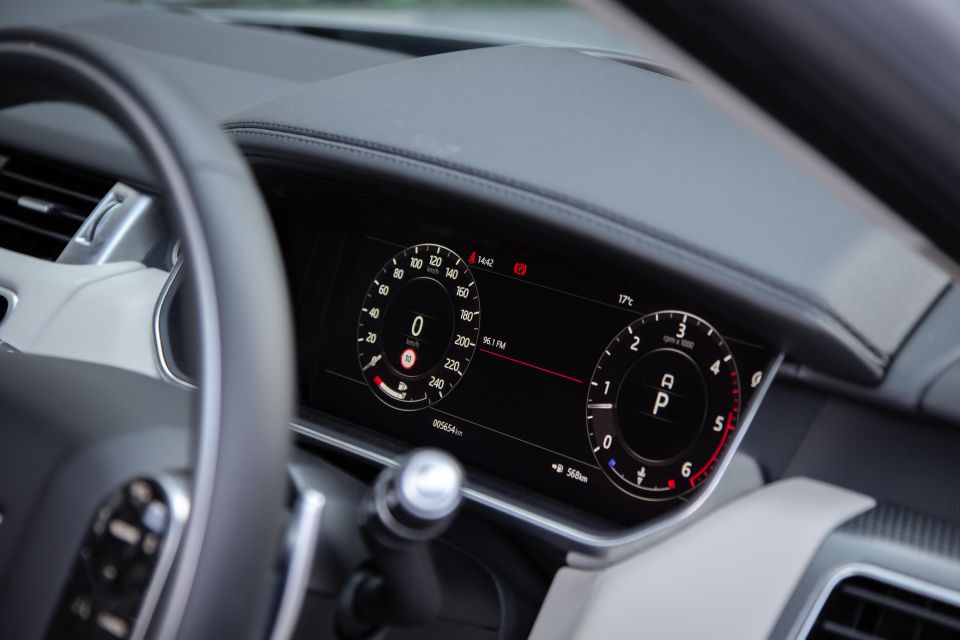
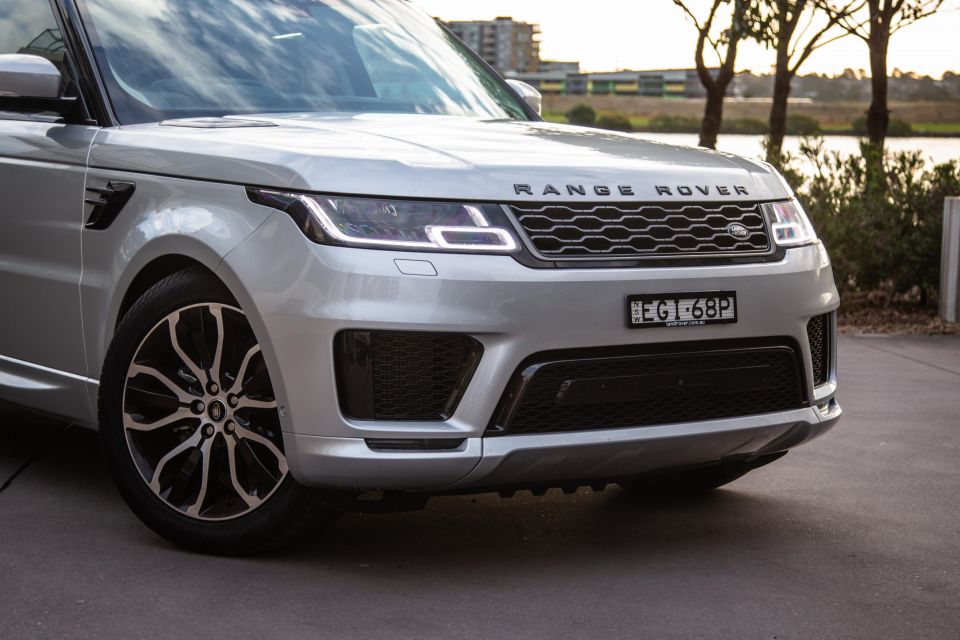
Perhaps the option that’s an absolute must is the Driver Assist package for $4048, which adds a bunch of safety and assistant features that should be standard. At least they’re available at a reasonable price…
For your money you will get:
Frankly, part of the fun of buying any high-end car is negotiation. Don’t be afraid to haggle a little and make sure you check out the offers available at any given time.
We feel like you can get a lot of these options thrown in at much less than the sticker price.
Buy your new car without the stress. It's fast, simple and completely free.

Great service from Travis and team, second time I have used this business would not hesitate to recommend them to anyone
Craig C.
Purchased a Ford Ranger in Sunshine Coast, QLD
CarExpert helped Craig save $7,224 on his Ford Ranger, now let us save you on your next new car.
Get your BEST priceYou get a super luxury SUV that is capable off-and on-road. It comes with decades of heritage and technical knowhow that puts it very much on-par with mostly American-built German SUVs.
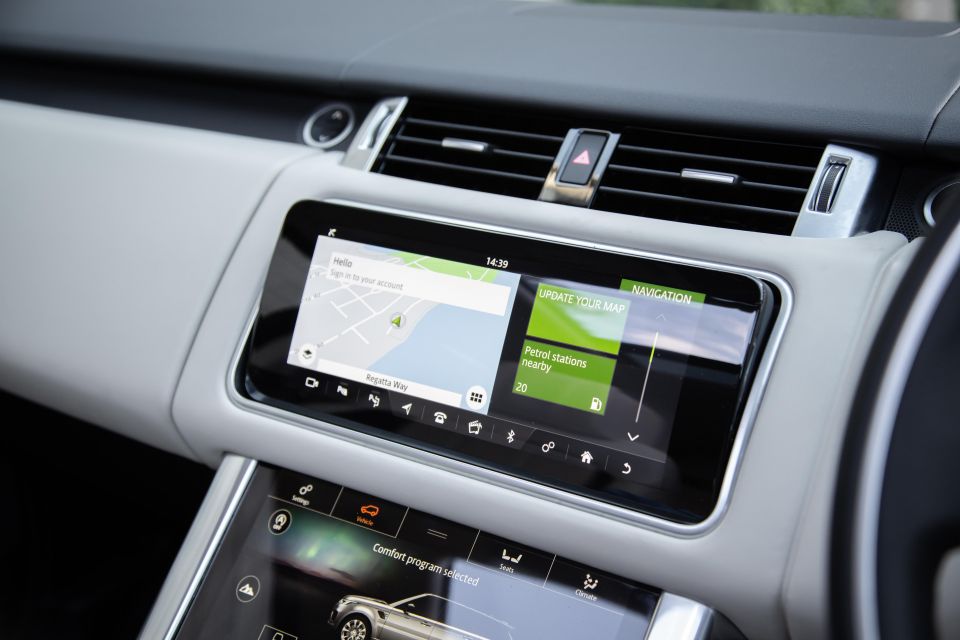
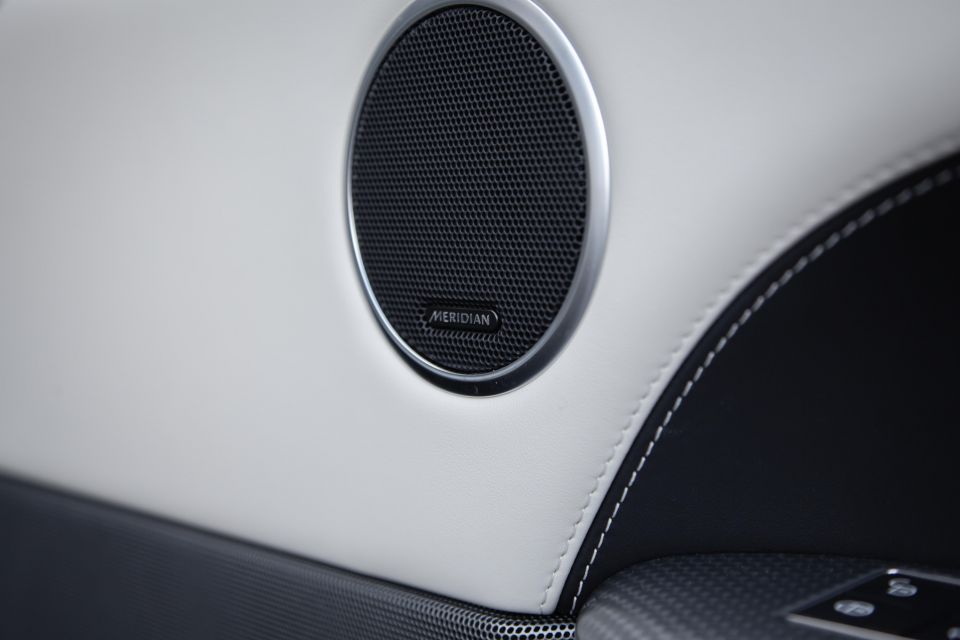
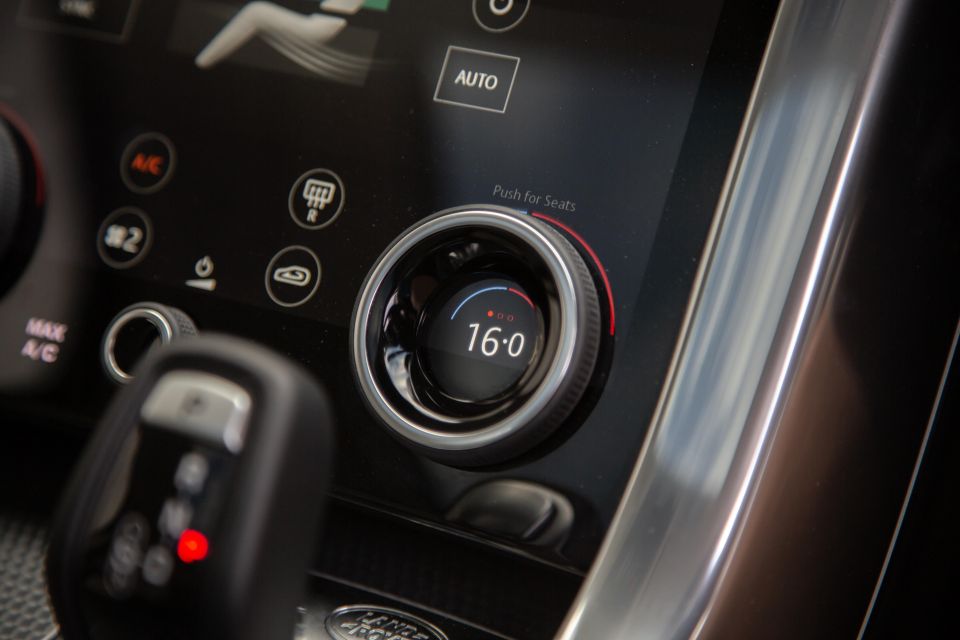
The main reason we love the HSE is the Windsor Leather that wraps the seats, which is on par with what you’ll find in a Bentley or Aston Martin for quality. It’s stupidly soft, and so nice to touch.
We spent an unhealthy amount of time examining it. It’s also one of the things that sets this car apart from the likes of the Mercedes-Benz GLE and BMW X5, both of which are excellent but don’t have this old-school sensation of luxury. The old-money vibe you really only get from a Range Rover is never more obvious than in the leather.
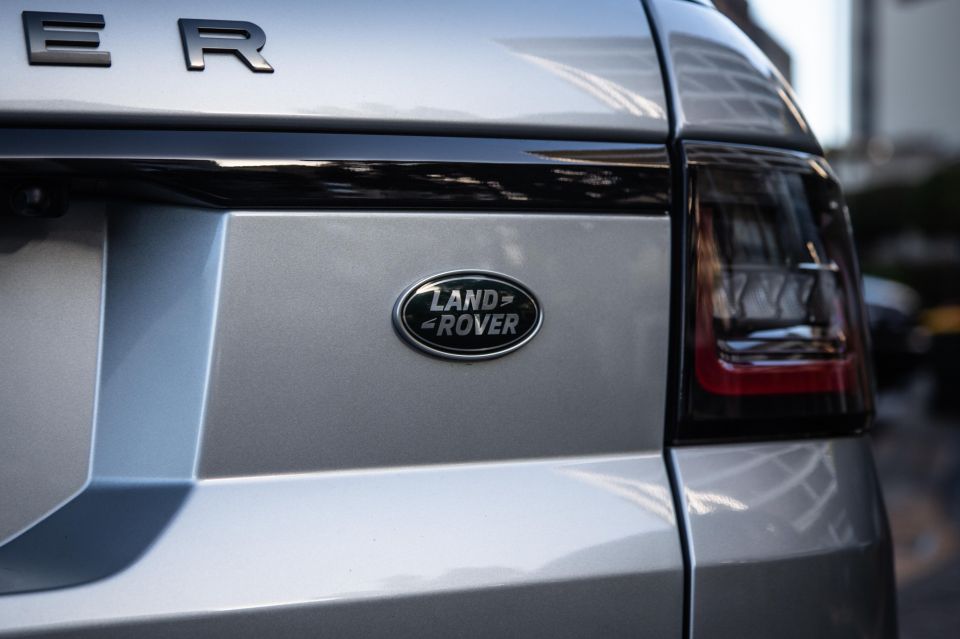
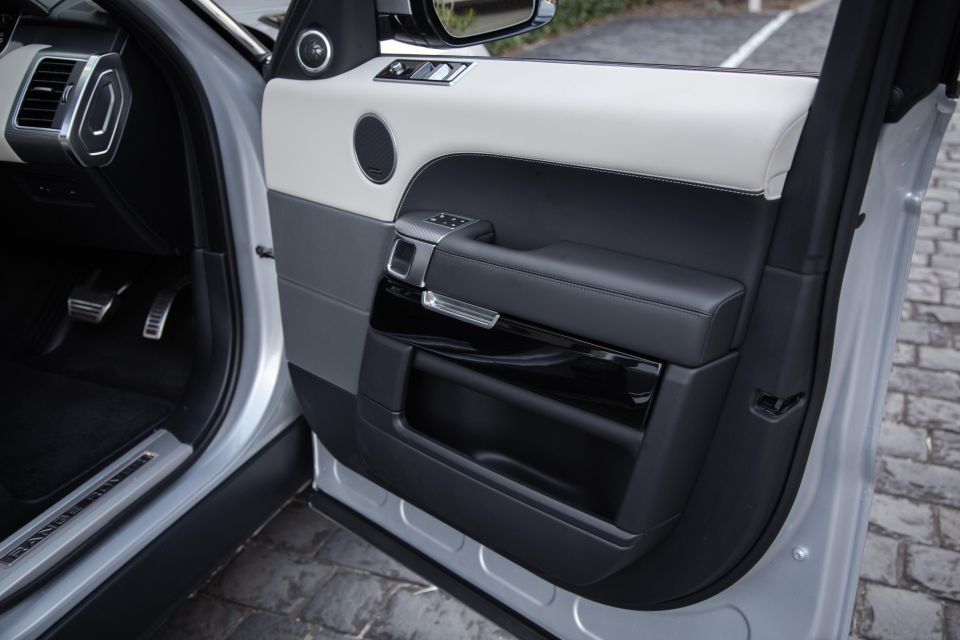
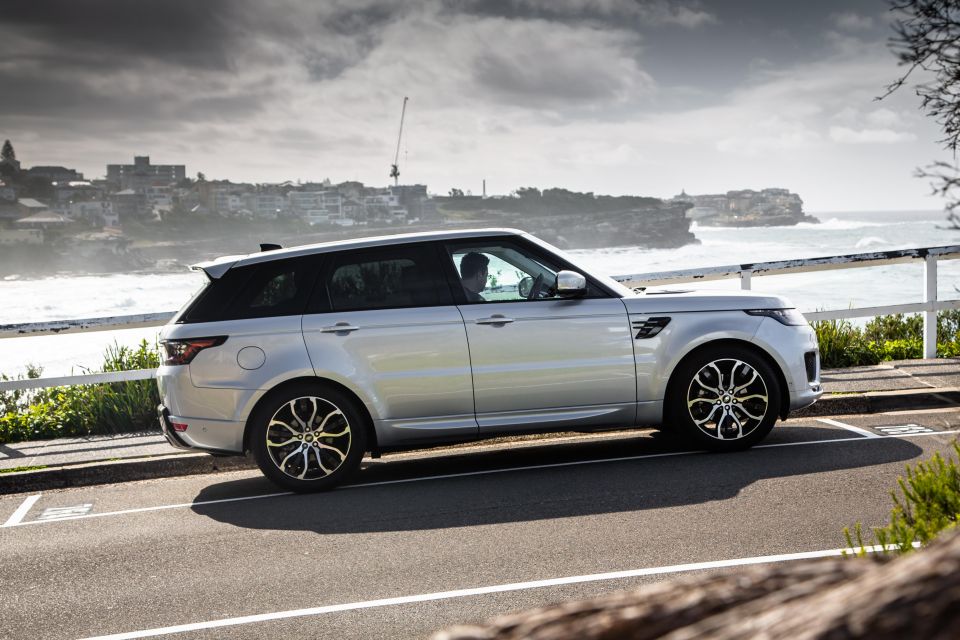
Some of the more distinctive features of the HSE are the 20-inch alloy wheels, and the Matrix LED headlights with that super cool Range Rover daytime running light look.
The best part of the headlights is the adaptive lighting system that can split the beam coverage so it doesn’t dazzle other motorists, but also light up the road at maximum exposure. It’s both cool and practical – we highly recommend it.
For some strange reason you need to step up to HSE spec to have heated front seats standard, but you also get brushed metal pedals, an auto-dimming interior rear-view mirror, and illuminated metal tread plates with Range Rover script.
With the 3.0-litre engine, the Range Rover Sport can tow 3500kg.
The Range Rover Sport with this exact engine was tested in 2017 and got a maximum five-star ANCAP safety rating, scoring an impressive 36.19 out of a maximum of 37.
It doesn’t have some of the standard active safety features it would need to get a five-star rating in 2020, such as pedestrian autonomous emergency braking, but structurally the Range Rover Sport scored strongly.
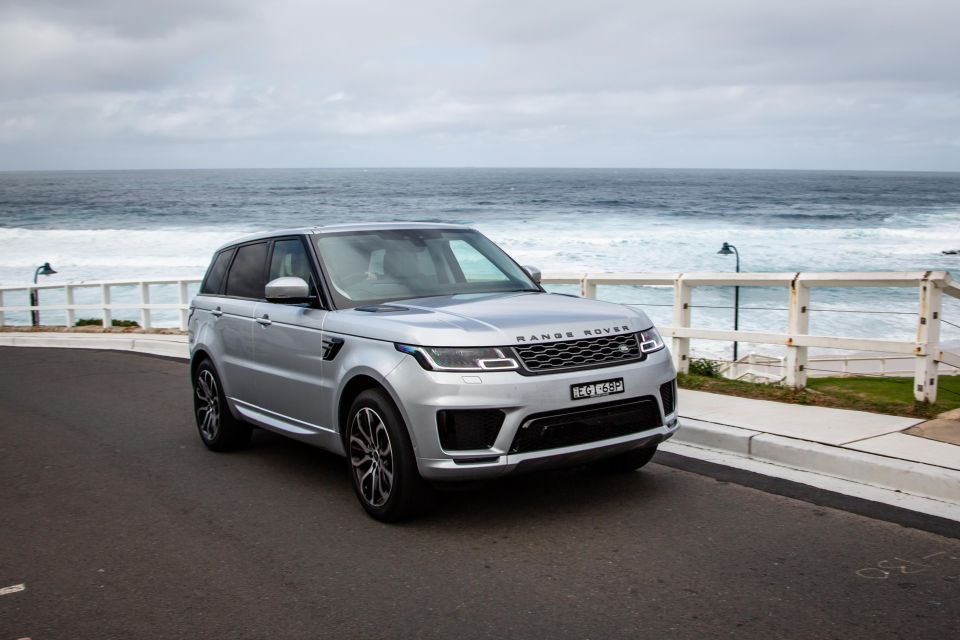
Glorious. Beautiful. Relaxing. Three words that are best used to describe the interior of the Range Rover Sport. This model may have had its last update in 2017, but we’re yet to find another car that gives the same sensation of luxury on the inside.
The BMW X5 is arguably the best car in its class from a practical perspective, but you can tell parts of the interior is shared with less expensive models. The Range Rover Sport suffers no such fate. It’s pure class and luxury on every single surface you can touch.
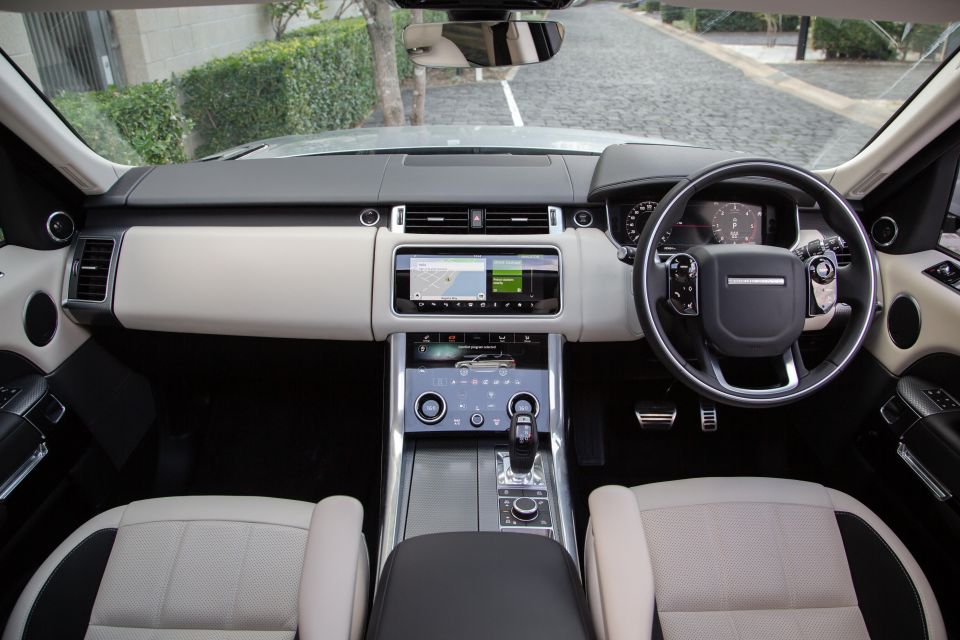
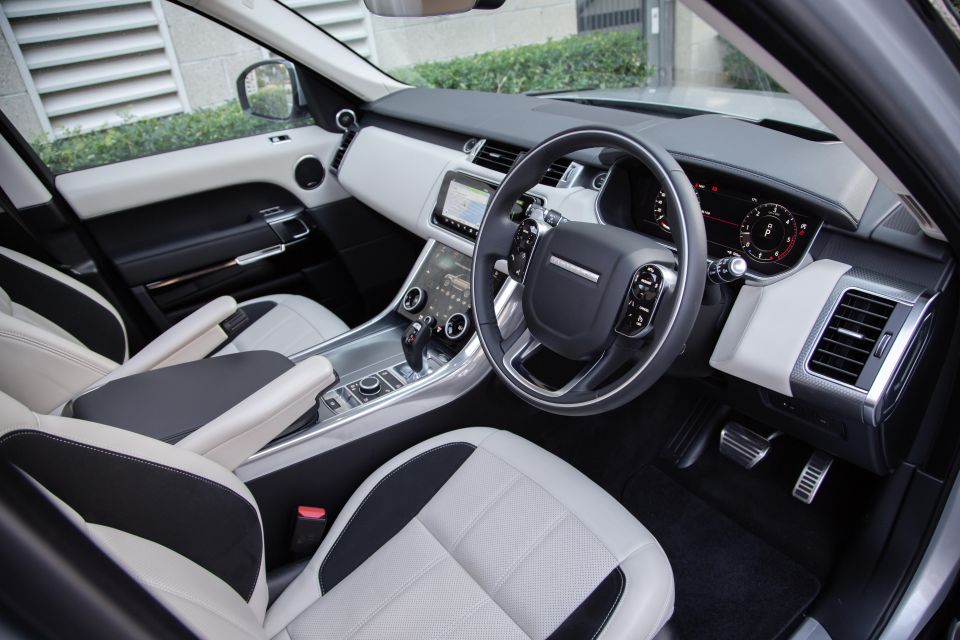
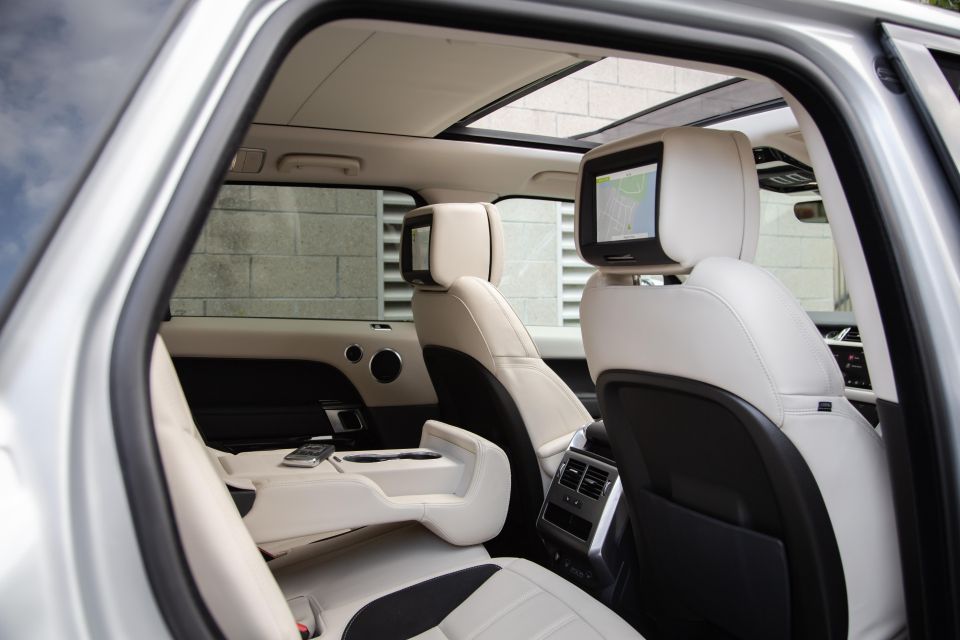
We spent more than 30 hours in the car during our week long test drive and can tell you that we could have spent many hours more. But it’s not perfect.
The infotainment technology is definitely not on par with BMW and Mercedes-Benz. Despite three big high-resolution screens, (dual 10-inch touchscreens and a 12.3-inch interactive driver display), it feels a generation old compared to its rivals.
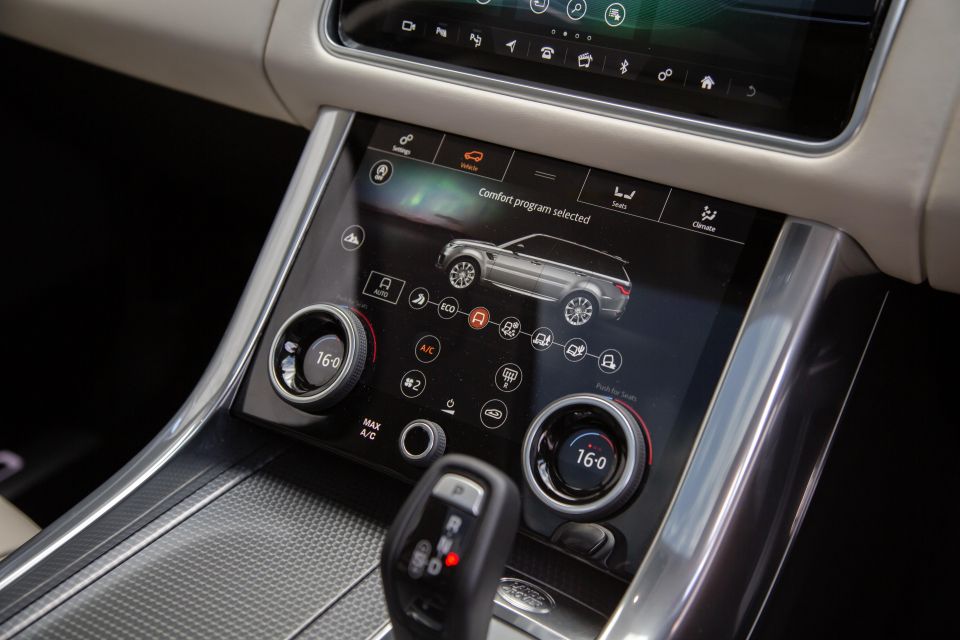
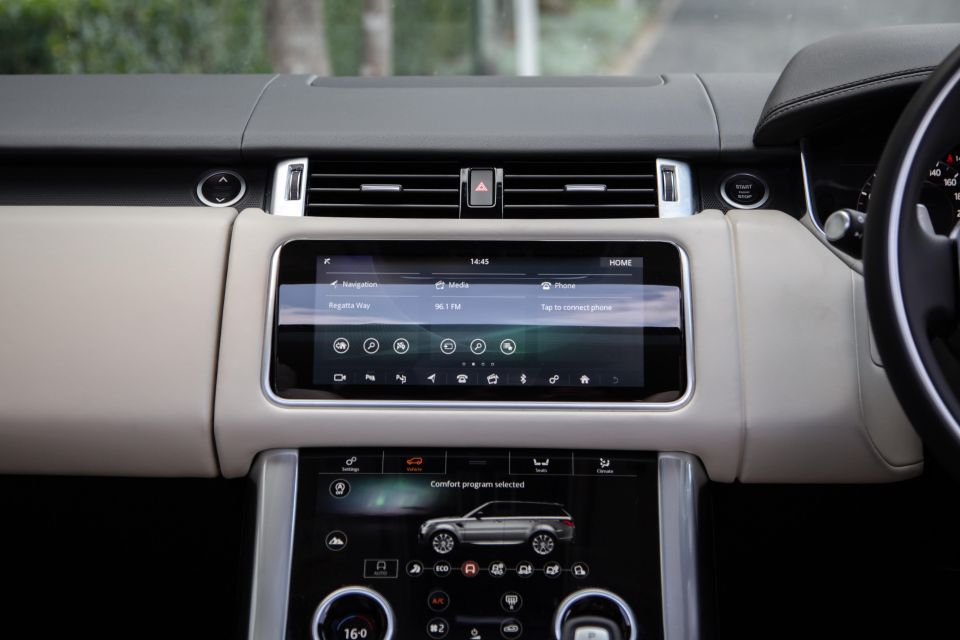
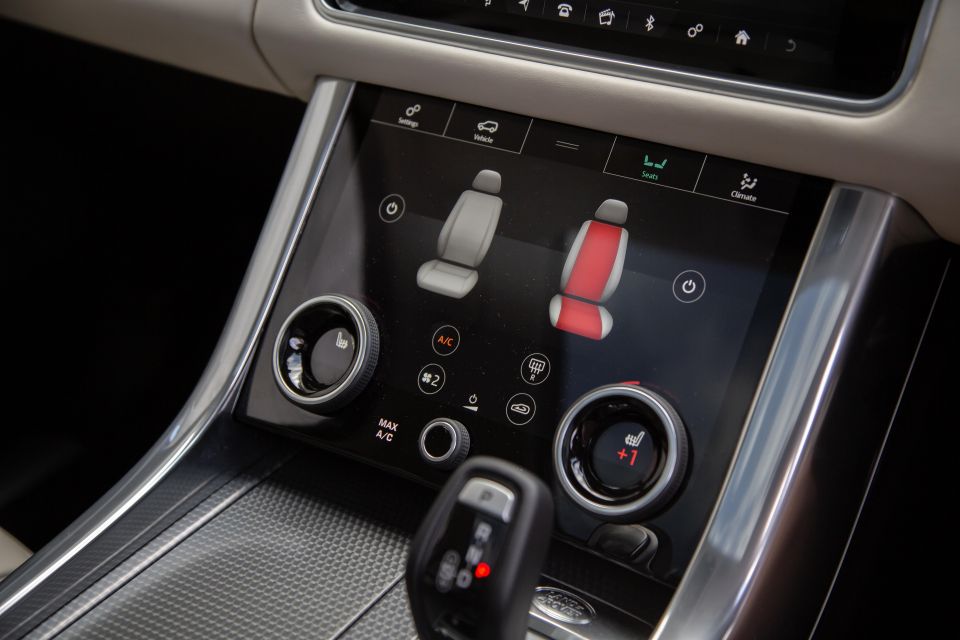
It does have Apple CarPlay, which eliminates a few of those issues, but it lacks the crisp, fast, responsive nature of rival infotainment systems.
On the plus side, the front seats are so comfortable you won’t want to get out. We felt the second row to be more than capable of taking on three average-sized adults and, given the boxy shape of the car, there’s plenty of headroom for the tallest amongst us.
The boot is very spacious even with the seven-seater option. With the third row folded away you have 784L of boot space, increasing to 1761L with the second row flat.
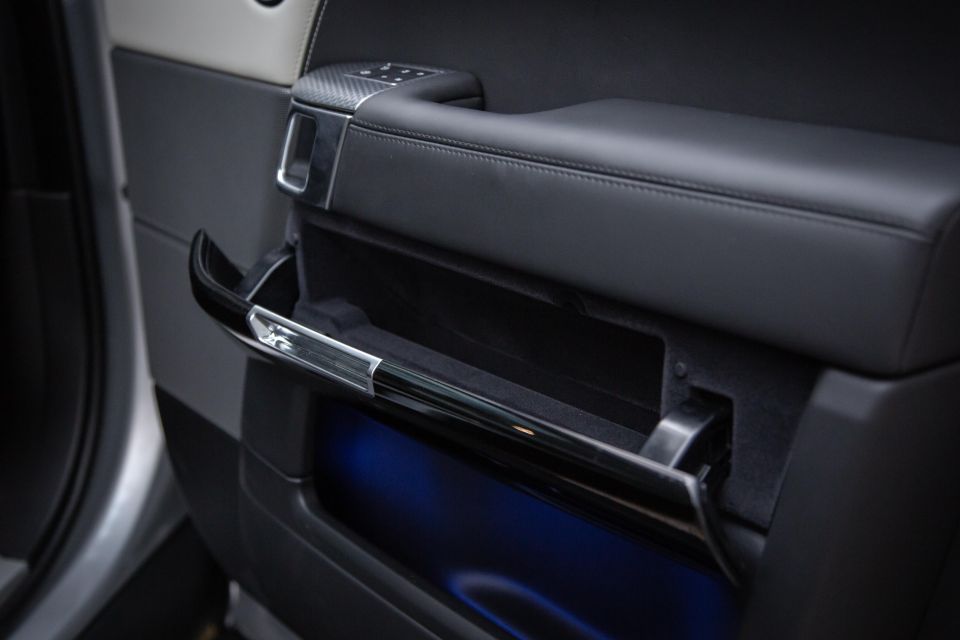
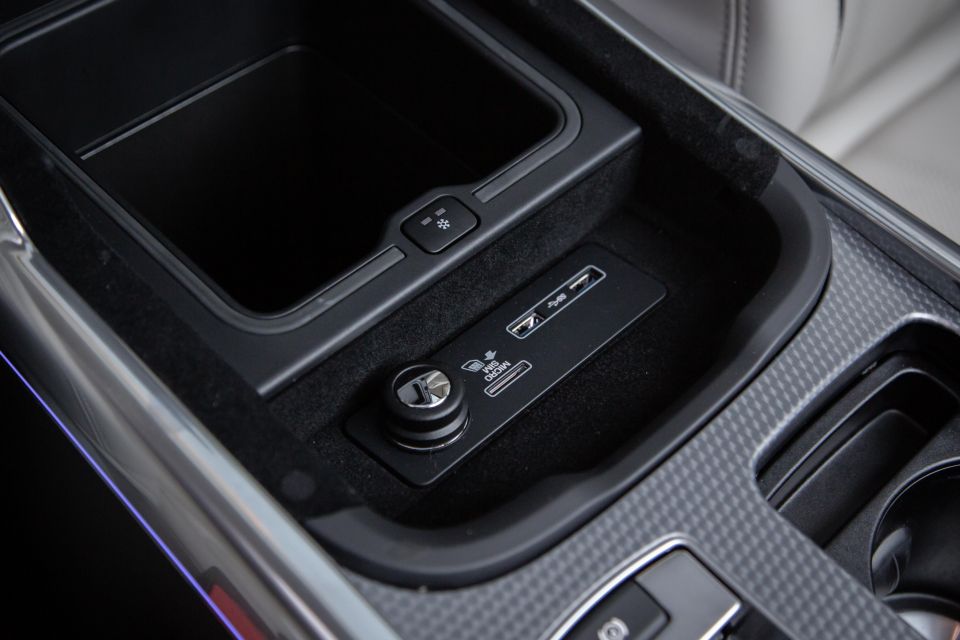
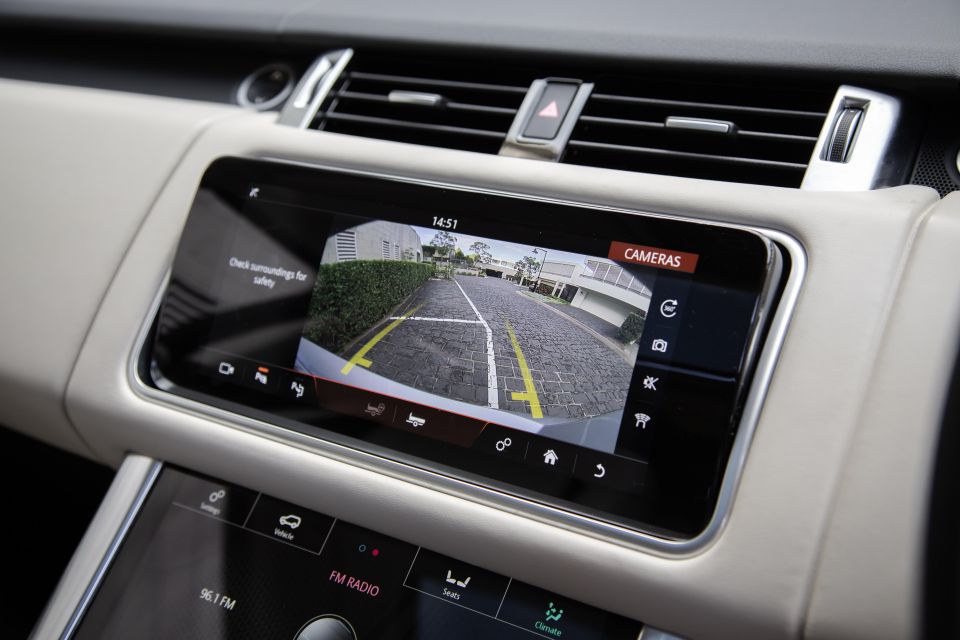
The pick of the lot is the 3.0-litre turbodiesel V6, which generates a heathy 225kW of power (at 3750 rpm) and 700Nm of torque (between 1500 and 1750rpm).
It’s quicker from zero to 100km/h – at 7.1 seconds – than the larger V8 diesel that has 25kW and 40Nm more.

Where expert car reviews meet expert car buying – CarExpert gives you trusted advice, personalised service and real savings on your next new car.
The SDV6 has a claimed fuel economy of 7.8L of diesel per 100km, and during our 2000km+ test drive we managed to get 7.6L/100km with a considerable portion of highway driving.
The eight-speed ZF automatic is a treat and works well with the engine, delivering the torque when needed most.
No doubt the SDV6 could do with a little more pull to give it that extra bit of enthusiasm.
The Range Rover Sport in this configuration doesn’t feel as quick as its 7.1 seconds 0-100km/h time would suggest, but it’s definitely not slow. It’s also very confident on the highway when it comes to overtaking, no doubt helped by the enormous 700Nm of torque.
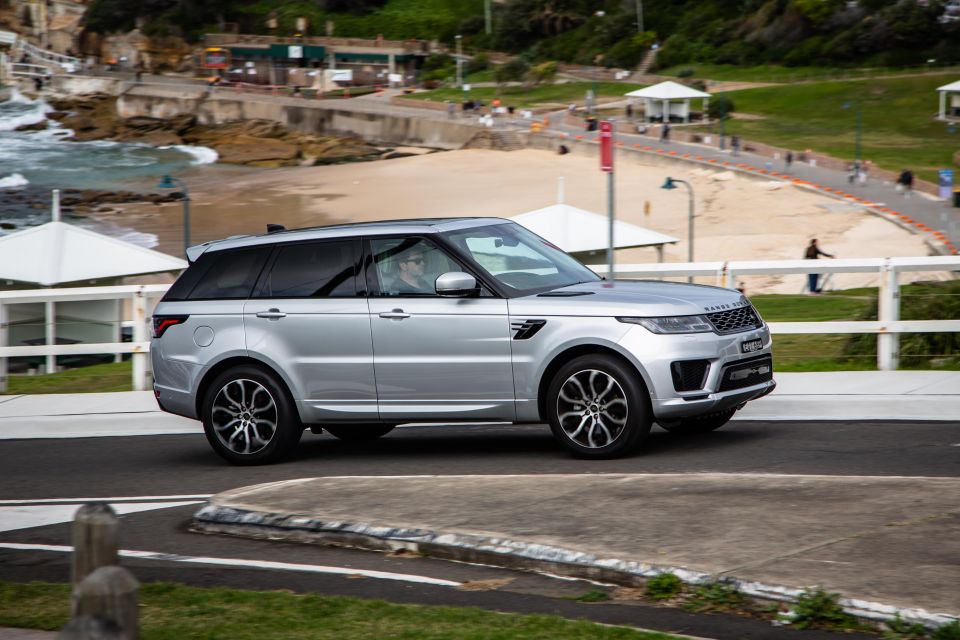
We found its dynamics to be reasonable for a car that weighs more than 2200kgs. It never feels like it’s struggling with grip when pushed hard into corners, harder than any owner is likely to push.
Nonetheless, it’s not as well composed as the BMW X5 or as soft as the Mercedes-Benz GLE. As such, the only thing we felt was a niggling annoyance was the ride quality.
On suburban roads the Range Rover Sport is well composed and comfortable, but throw in some bumps or poor surfaces and those 21-inch wheels and the air suspension (which raises and lowers the car very effectively) doesn’t stop it from feeling a bit on the firm side. It’s still very comfortable, but could be improved.
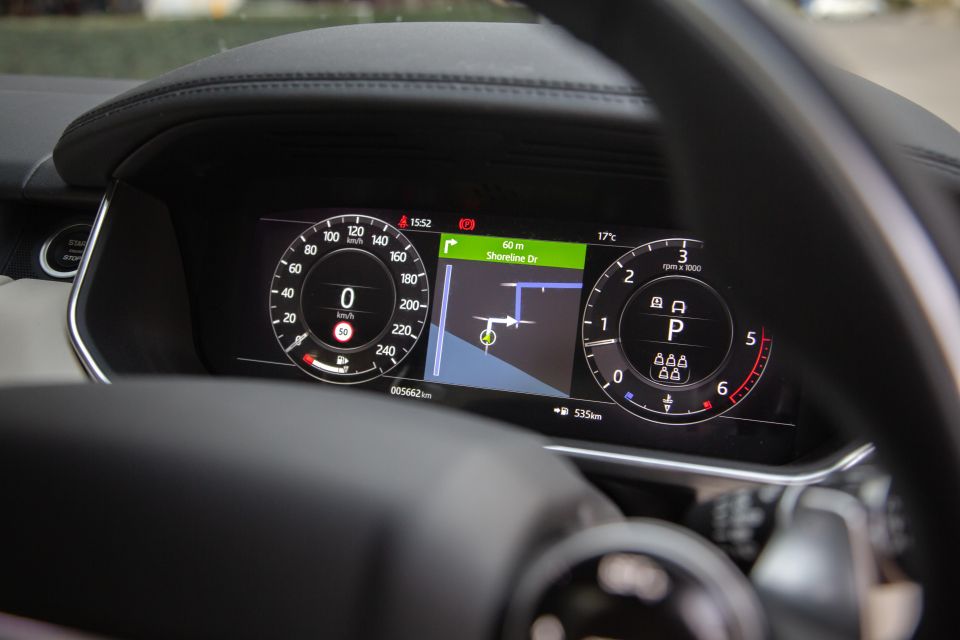
In some ways it’s a compromise to ensure its driving dynamics remain worthy of the Sport badge, but we would like to see it soften up just a bit more in comfort mode, and harden up even further in dynamic mode.
We have to admit we didn’t take the Range Rover Sport off-road, simply because most owners won’t. That’s despite featuring a raft of off-road modes, and a useful display that tells you the exact height of the vehicle and its departure and approach angles based on its current height.
However, if you do happen to want to go to the beach or somewhere like Fraser Island, the only limiting factor will be the super low profile tyres. That, and not wanting the scratch the Range Rover of course.
Range Rover sells servicing plans that cover the vehicle for five years, not including consumables like tyres and brake pads.
They start at $1950 for the base model 2.0-litre petrol and stretch to $3850 for the SDV8.
The 3.0-litre diesel vehicle tested here will set you back $2650 for five years or 130,000km, which we feel is reasonable given you paid $14,500 for the stereo.
All Range Rovers come standard with a three-year/100,000km warranty, but we recommend you negotiate directly with your local dealer to get a five-year warranty thrown in as part of the purchase price.
The brand is often doing promotions that include an extended warranty. With a five-year warranty, the Range Rover Sport owner experience should be hassle free.
Buy your new car without the stress. It's fast, simple and completely free.

Great service from Travis and team, second time I have used this business would not hesitate to recommend them to anyone
Craig C.
Purchased a Ford Ranger in Sunshine Coast, QLD
CarExpert helped Craig save $7,224 on his Ford Ranger, now let us save you on your next new car.
Get your BEST priceIt doesn’t take long to fall in love with the Range Rover Sport, specially this updated model with all the bells and whistles.
It’s a superb place to be and, as we discussed endlessly amongst our staff, it’s hard to beat it for interior comfort and that endless sensation of ‘relaxation’.
It’s the sort of car you can get in to after a stressful day and feel relieved. The airy spaciousness of the cabin really gives that feel, and with the Windsor leather you can’t go wrong for quality.
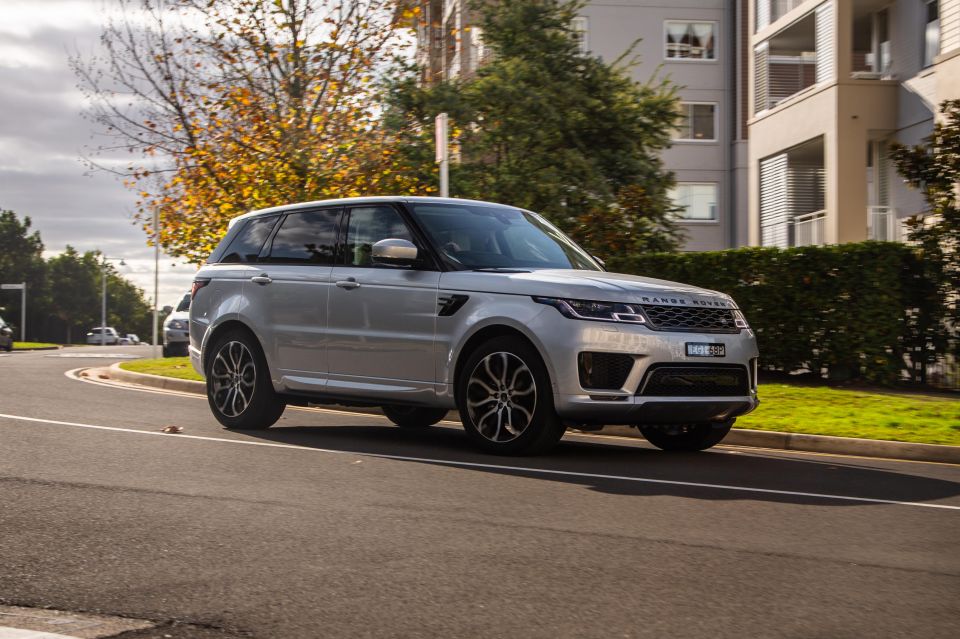
No doubt the Germans make luxury SUVs that feel like a more logical choice, but there’s something special about owning a Range Rover that you just don’t get anywhere else, except maybe a Bentley Bentayga or Rolls Royce Cullinan.
The intangible value this car brings to its owner is not measured in an excel spreadsheet, but in the heart and this will definitely raise… and then lower your heart rate every time you jump in.
It’s a big tick from us and if you’re in the market for an BMW X5, Mercedes-Benz GLE or Audi Q7, we suggest you take a drive of the Range Rover Sport.
Where expert car reviews meet expert car buying – CarExpert gives you trusted advice, personalised service and real savings on your next new car.
Alborz Fallah is a CarExpert co-founder and industry leader shaping digital automotive media with a unique mix of tech and car expertise.


Damion Smy
17 Minutes Ago
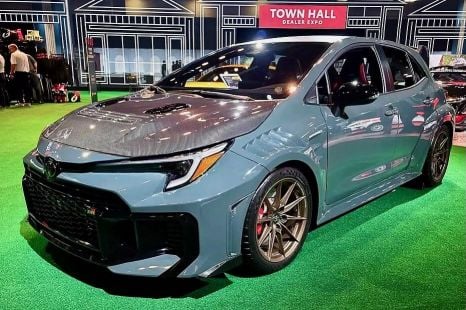

Ben Zachariah
36 Minutes Ago


CarExpert.com.au
38 Minutes Ago


William Stopford
3 Hours Ago
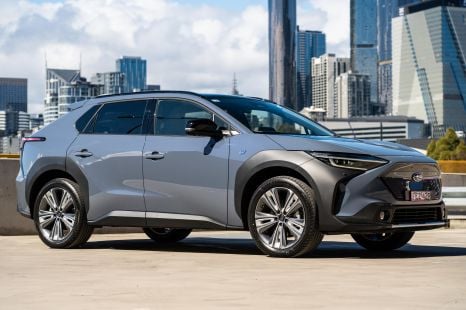

William Stopford
3 Hours Ago


Derek Fung
6 Hours Ago